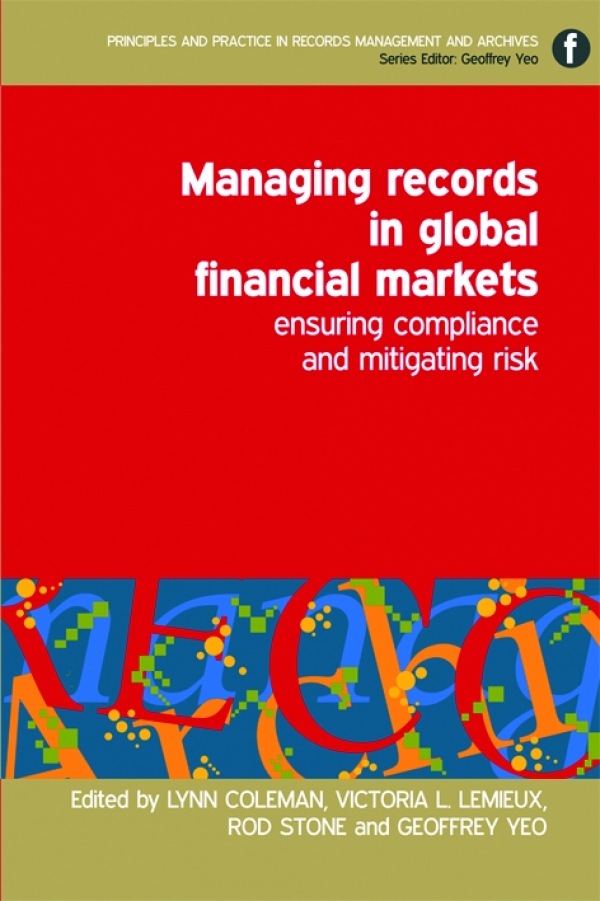Book contents
- Frontmatter
- Contents
- Introduction to the series
- Contributors
- Introduction
- List of abbreviations
- 1 Global financial markets
- Part 1 Regulatory and legal compliance
- Part 2 Balancing risk and return
- Part 3 Litigation-related issues
- 11 Authenticity and evidential weight of digital evidence in legal proceedings
- 12 Discovery and records management
- Part 4 Record-keeping approaches
- Index
11 - Authenticity and evidential weight of digital evidence in legal proceedings
from Part 3 - Litigation-related issues
Published online by Cambridge University Press: 08 June 2018
- Frontmatter
- Contents
- Introduction to the series
- Contributors
- Introduction
- List of abbreviations
- 1 Global financial markets
- Part 1 Regulatory and legal compliance
- Part 2 Balancing risk and return
- Part 3 Litigation-related issues
- 11 Authenticity and evidential weight of digital evidence in legal proceedings
- 12 Discovery and records management
- Part 4 Record-keeping approaches
- Index
Summary
Introduction
The aim of this chapter is to set out the principal factors concerning authenticity and evidential weight that a judge might consider when dealing with digital evidence, a form of evidence that is now ubiquitous in the financial services sector. The intention is to provide a general, high-level outline for readers who are not legal specialists. The chapter is primarily based on English law, because it is not possible to provide a comparative survey, given that such a survey would in itself be an extraordinarily long text.
First, the types of evidence that can be introduced into court are considered, whether evidence can be admitted and how a judge assesses the truth of the evidence. Three definitions are also discussed, what is meant in a legal context by ‘document’, ‘writing’ and ‘record’, all of which are important when introducing evidence into legal proceedings. A general outline of electronic signatures follows, setting out the different forms they can take. This is important because different forms of electronic signature are used in the cyberworld in greater volumes than manuscript signatures in the physical world.
Two technical concepts are then brief ly discussed, ‘hearsay’ and ‘presumptions’. Hearsay is now virtually abolished in civil proceedings in England and Wales, and the concept of hearsay is not even relevant in some jurisdictions, such as Norway (Hjort and Willassen, 2008, 654–5).
It is possible that organizations wishing to adduce digital evidence in the future may have difficulties in proving its authenticity if this is challenged by the opposing party, and presumptions about a computer working properly may not be sufficient to enable the evidence to be included without first calling appropriate witnesses. Video tape and security camera evidence is considered before a brief introduction to the duties of each party to preserve and disclose evidence before trial, and the sanctions that might be applied if evidence is destroyed or falsified.
Types of evidence
Broadly (this is not the same for every jurisdiction in the world), evidence falls into various categories, as set out below.
- Type
- Chapter
- Information
- Managing Records in Global Financial MarketsEnsuring Compliance and Mitigating Risk, pp. 149 - 164Publisher: FacetPrint publication year: 2011

